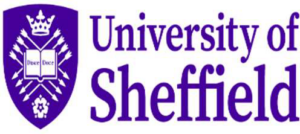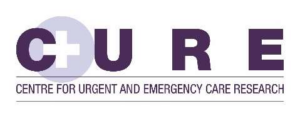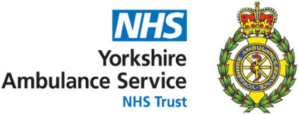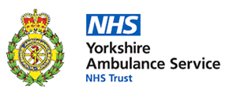The Safe Square pilot offered participants in Sheffield’s nighttime economy a safe place to charge phones, seek medical assistance and obtain help with transport home.
This evaluation sought to identify any change in demand to emergency NHS healthcare services that may have been associated with the Safe Square initiative, based on four months of pilot data.
Data from Yorkshire Ambulance Service (YAS) were examined for patients that may have been appropriate to attend Safe Square, change in demand to YAS, and change in Emergency Department (ED) conveyance rates, alongside data provided by Safe Square.
Key Findings
Over the four-month pilot period, data suggest:
- 80% of patients attended by YAS in the S1 postcode area during Safe Square operating hours were potentially suitable for Safe Square.
- 37 avoided YAS attendances, including 26 avoided YAS to ED conveyances may have been attributable to Safe Square operation. However, Safe Square referrals to ED may have replaced these patient journeys.
- Rates of YAS to ED conveyance were consistent between pilot and comparator periods.
- Potential cost savings to YAS were estimated at £14,404.97 (£3,601.24 per month).
- It was not possible to demonstrate that Safe Square reduced ED attendances.
- Note that numbers were small, and uncertainty was not quantified.
One aspect of Safe Square’s service is providing medical assistance to people using Sheffield’s nighttime economy. Local health services such as the ambulance service and emergency department could benefit from the scheme, due to reduced demand for their services. This report compared Safe Square and ambulance attendance information, to see if there was a benefit.
Most ambulance emergency calls in the centre of Sheffield may have been suitable for Safe Square staff to deal with, during their operating hours. There did appear to be a small reduction in emergency calls to the ambulance service when Safe Square was available. However, it wasn’t possible to say that the number of people going to the emergency department reduced overall, because Safe Square staff also referred patients to hospital.





